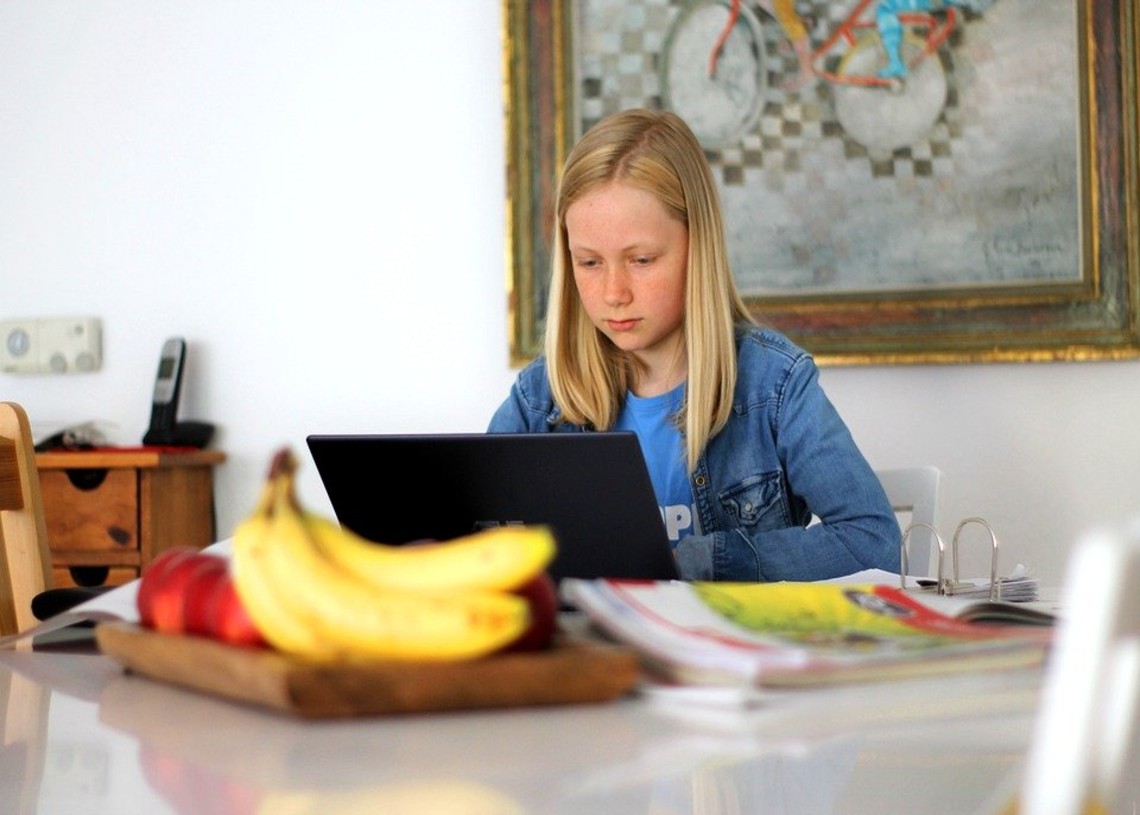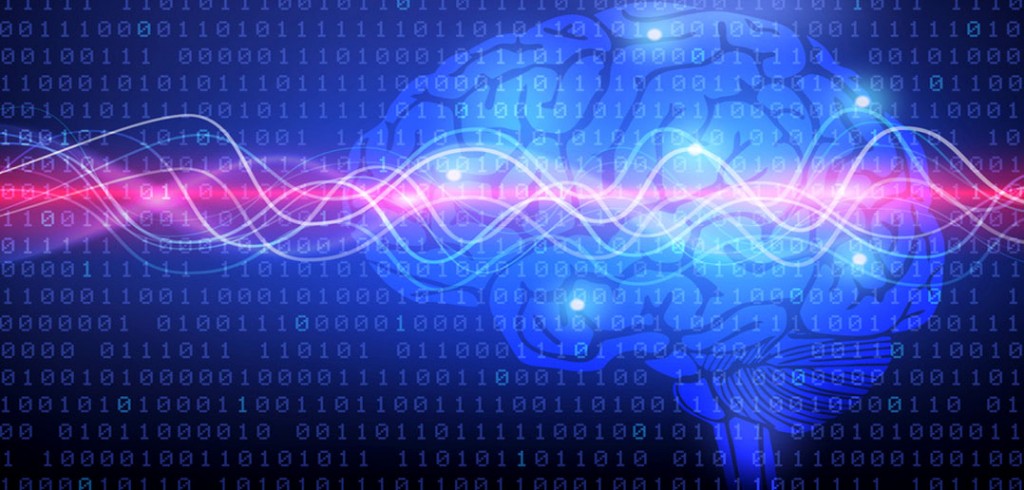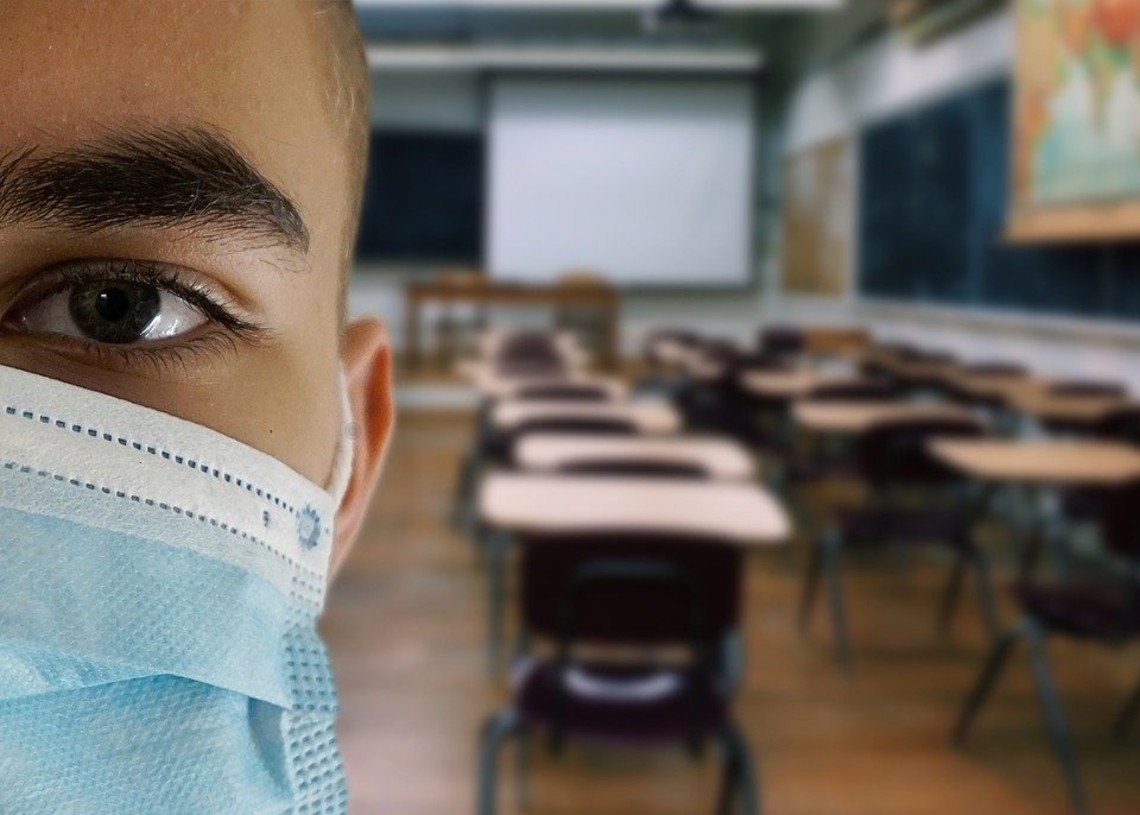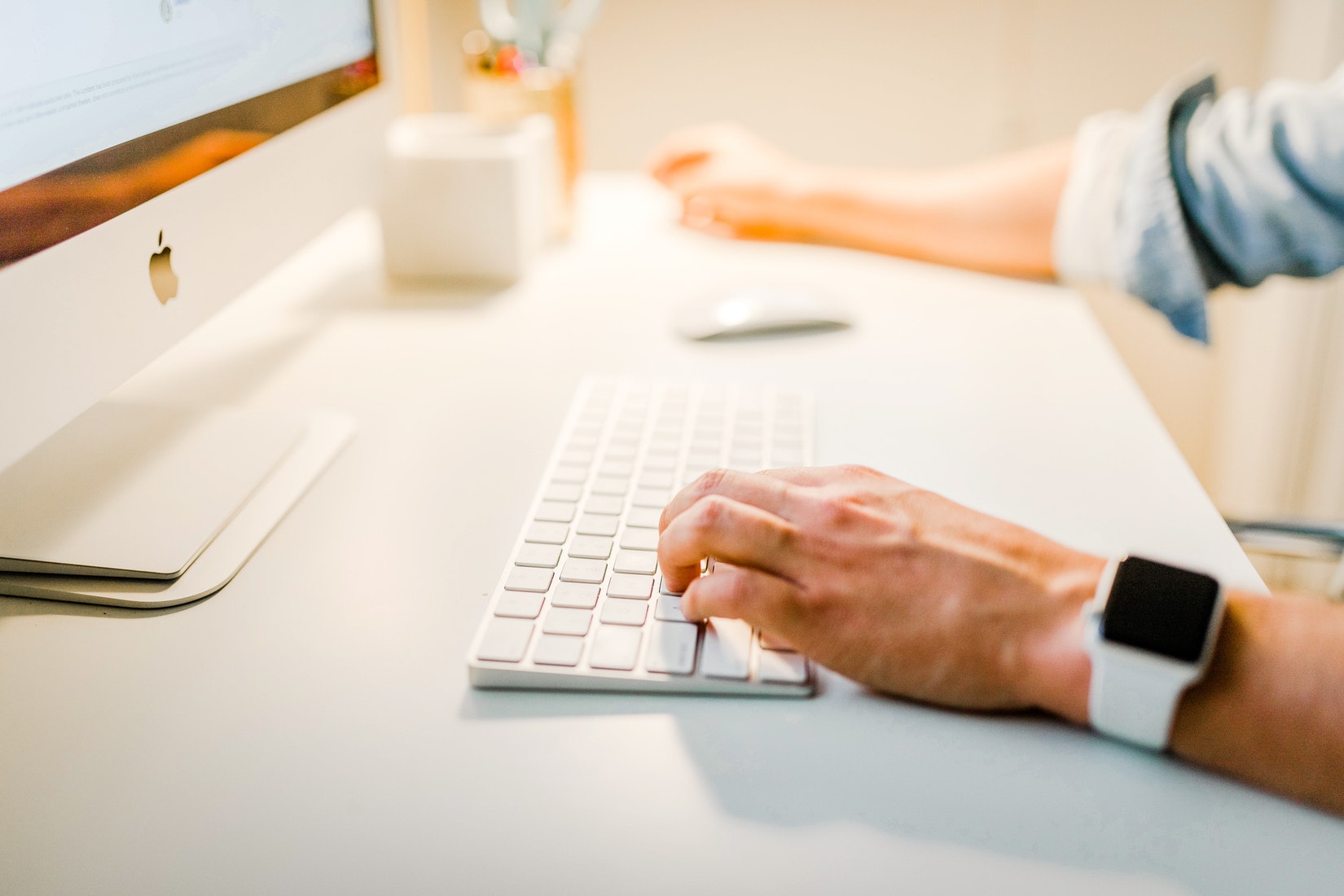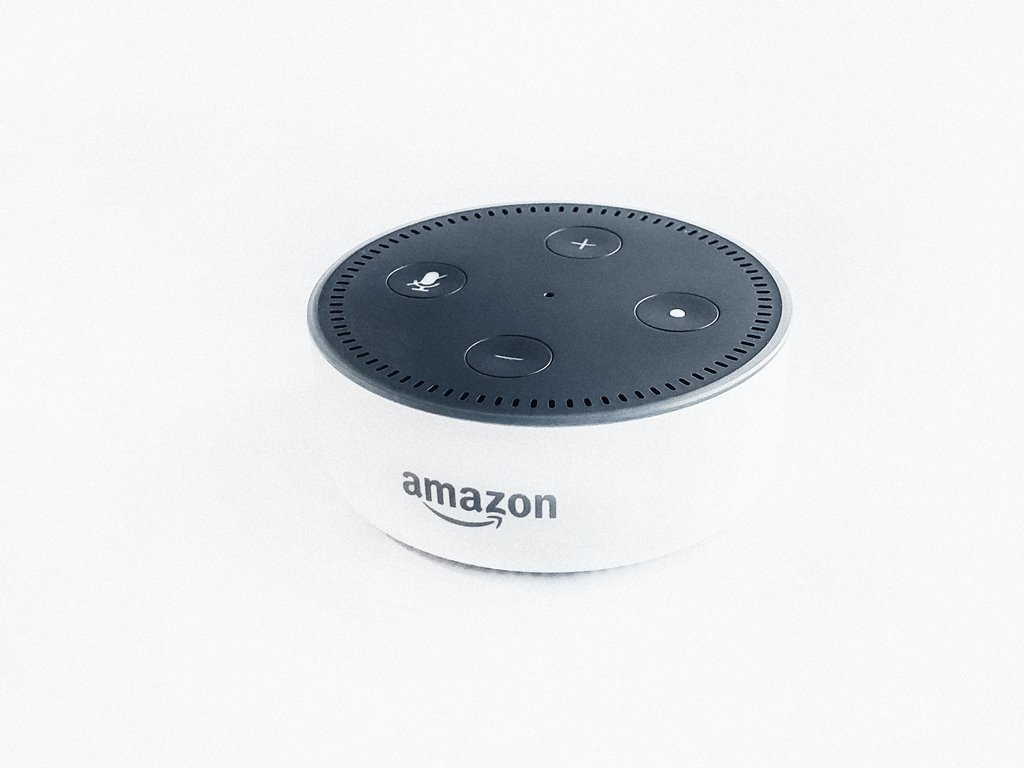The usage of education technology is being considered once the schools are fully reopened. Hybrid integration of in-person classes and digital learning platforms has become popular since the start of the coronavirus pandemic.
The disruption of the educaiton system by the coronavirus will continue to be felt, long after the virus has been dealt with. To curb the spread of the virus, schools had to shut down and the normal face to face education had to be stopped.
Alternatives for students to continue with their education became a top priority, and schools turned to digital learning.
Months after the lockdowns and school shutdowns, many countries are now beginning to reopen schools after getting the virus under control. In-person classes have also started reopening across the globe, with some countries being extra cautious about reopening to prevent the second wave of coronavirus.
Adoption of education technology
However, it is in the US that the impact of the virus on the education sector is projected to have significant changes in the way the educaiton system is run in the country. States across the country are exploring possibilities of integrating the already set up educaiton technology infrastructure, to create a hybrid system that will combine digital learning and in-person learning.
In New York, Governor Gov. Andrew M. Cuomo (D) signed an agreement with billionaire businessman Bill Gates to reimagine public educaiton post coronavirus. The agreement was meant to explore how the state can continue using educaiton technology infrastructure that has been set up across the state after coronavirus is dealt with and schools are reopened.
Cuomo said that he wanted to change the tired narrative that involved teachers in front of classes lecturing students, saying that this was an old model and could be improved. He cited the available technology in the state as an alternative to in-person learning once the schools are reopened.
The downside of digital learning
Diane Ravitch, former assistant secretary of education and public education advocate has, however, questioned the importance of integrating digital learning with in-person classes. Diane said that extensive research had failed to show that digital learning had an impact on students’ performance, and in fact, most research showed that there was a reduction in the performance of students.
There have also been criticisms of whether the adoption of education technology in schools will result in social issues. Research has shown that teenagers are now suffering mental health issues due to spending too much time with technology, and experts are concerned that the integration of the technology, in the long run, will have consequences on their mental health.
Featured image by Pixabay



